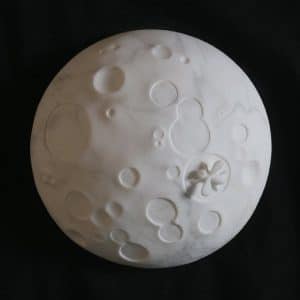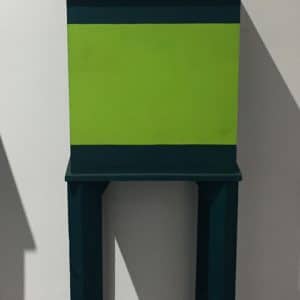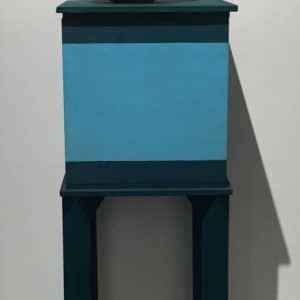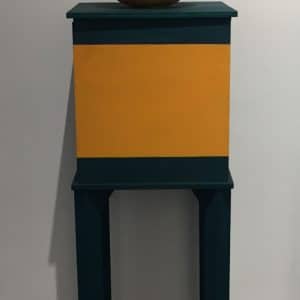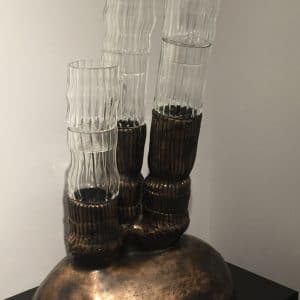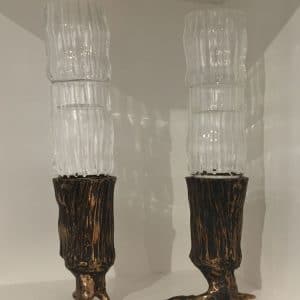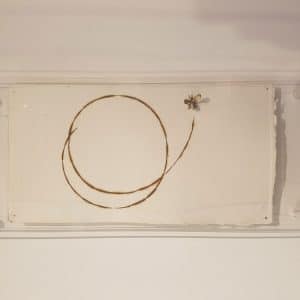JESSICA CARROL
ROMA, 1961
Jessica has always been in a balancing act between art and science, being the daughter and granddaughter of artists. She explored parks and nature reserves around the world through photography, drawing, engravings, and gouaches. Then, among the Carrara marbles, she began sculpting. During that period, a beekeeper/ornithologist in Bra, Piedmont, introduced her to beekeeping, teaching her to identify the queen bee. This “initiation” into the world of bees resulted in a small wax-modeled beehive. The first transformative work.
Since then, bees have guided her like skillful messengers, and the small beehive has become huge, or sometimes tiny, like a jewel. Over time, Jessica’s sculptures have also transformed into wearable artworks, from pendants with beehives to cufflinks with bees, as well as rings and earrings, all modeled in wax.
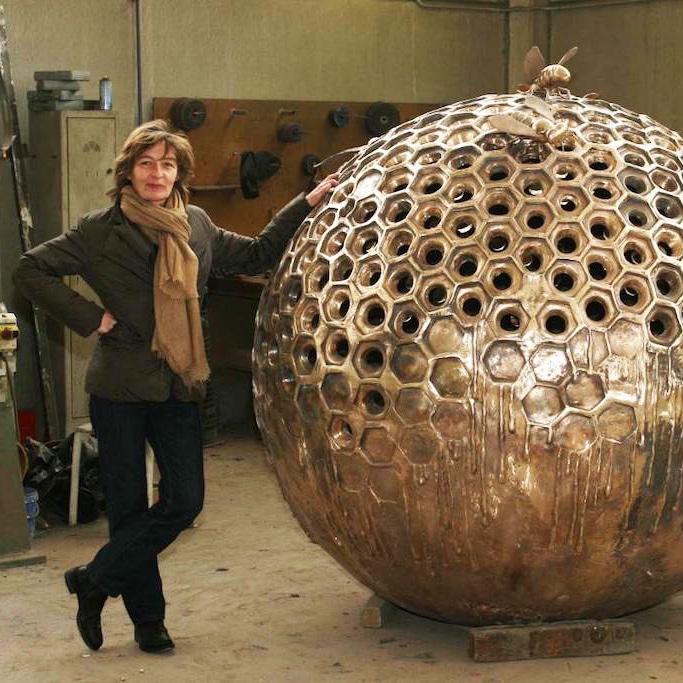
JESSICA CARROLL
JEWELS
-
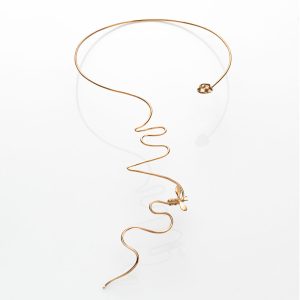
ALLARME
JESSICA CARROLL
-
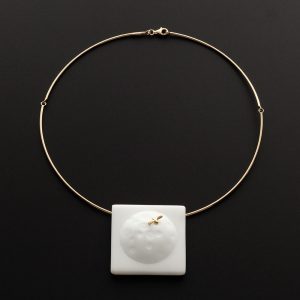
APE E LUNA (White)
JESSICA CARROLL
-
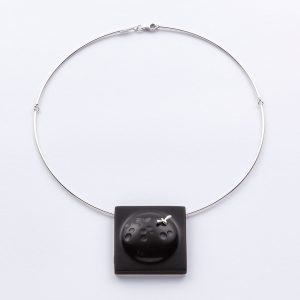
APE E LUNA (Black)
JESSICA CARROLL
-
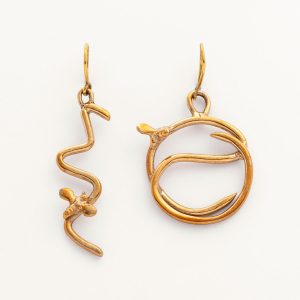
SENSE OF DIRECTION
JESSICA CARROLL
-
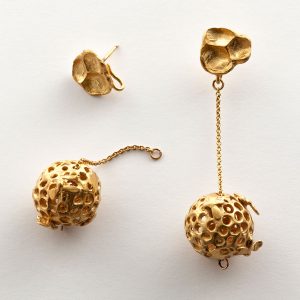
ALVEARINI
JESSICA CARROLL
-
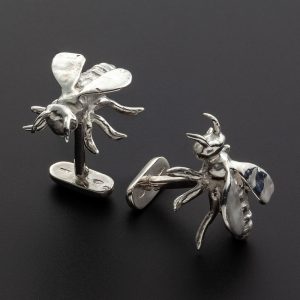
TWO BEES
JESSICA CARROLL
-
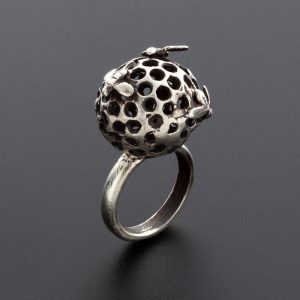
ALVEARINO
JESSICA CARROLL
-
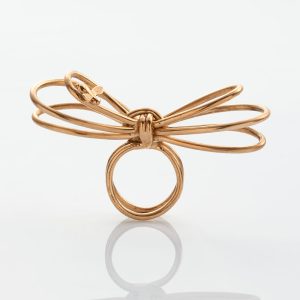
VOLO GRANDE
JESSICA CARROLL
-
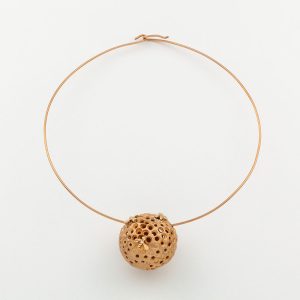
BEEHIVE
JESSICA CARROLL
-
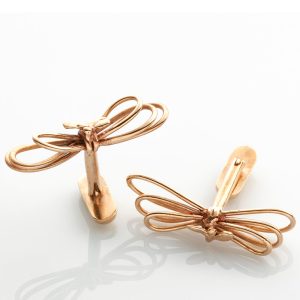
VOLI PICCOLI Cufflinks
JESSICA CARROLL
-
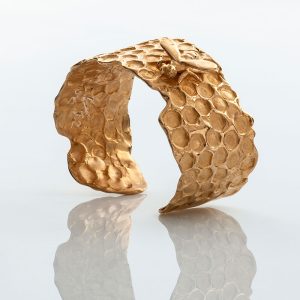
ABOUT BEEING A BEE Bracelet
JESSICA CARROLL
-
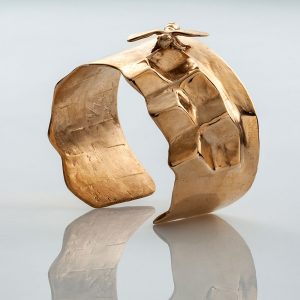
BEE AT WORK Bracelet
JESSICA CARROLL
-
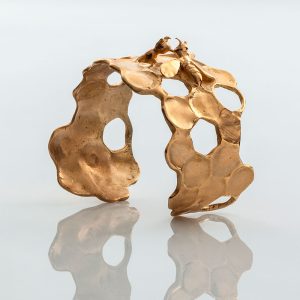
NUTRICE Bracelt
JESSICA CARROLL
-
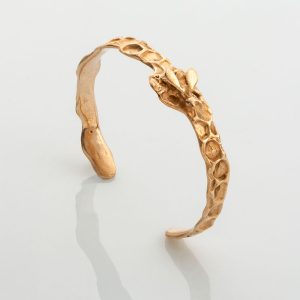
APINA Bracelet
JESSICA CARROLL
-
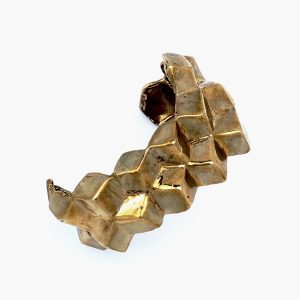
FAVO Bracelet
JESSICA CARROLL
-
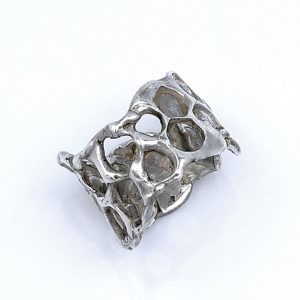
CELLE Ring silver
JESSICA CARROLL
-
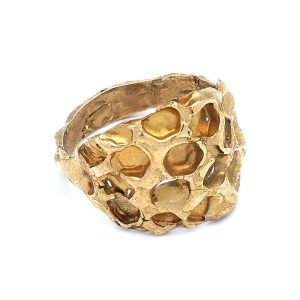
CELLE Ring gold
JESSICA CARROLL
-
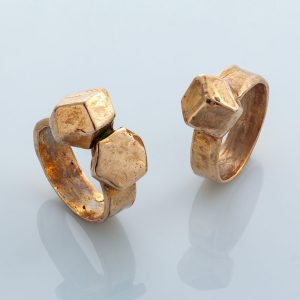
CELLE Rings (2 pieces)
JESSICA CARROLL
-
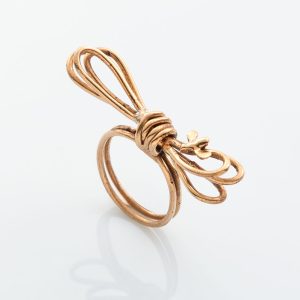
VOLO PICCOLO
JESSICA CARROLL
BIO
Jessica Carroll’s work is a multidisciplinary research based on curiosity, on the constant observation of the perceptible and on the aesthetic translation of all the observed; an artist accumulates a huge amount of material through perceptions and sensations, always amazed as a child, but the key to the next poetic translation is to have from time to time access to the “fairy moments”, where the heart opens and remembers: words and images come together and emerge.
Is this not a faculty common to artists and scientists?
Jessica has always been poised between art and science, daughter and granddaughter of art, she explored photographing parks and nature reserves around the world: she drew, made engravings and gouaches. Then, among the marbles of Carrara, he began to sculpt. At that time a beekeeper/ornithologist in Bra, Piedmont, started beekeeping, identifying the queen. This “initiation” into the world of bees has resulted in a small spherical beehive shaped into beeswax. The first transfigured work.
Since then the bees have been guiding it, like good messengers, and the small hive has become huge, or very small, like a jewel.
The sculptures of Jessica have thus transformed over time also into works of art for walking, from the pendant with the beehive, to twins with bees, rather than rings and earrings, all modeled in wax.
For the first time they will be officially presented in Milan in the BABS Art Gallery. The choice of the artist Jessica Carrol as the first protagonist of this new initiative stems from a research of her curator Ermanno Tedeschi, who followed her for many years, appreciating her delicacy and “sweetness”.

